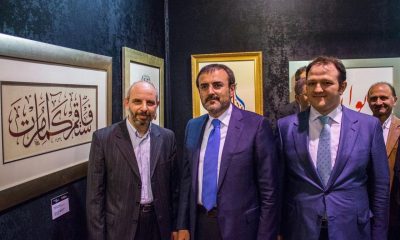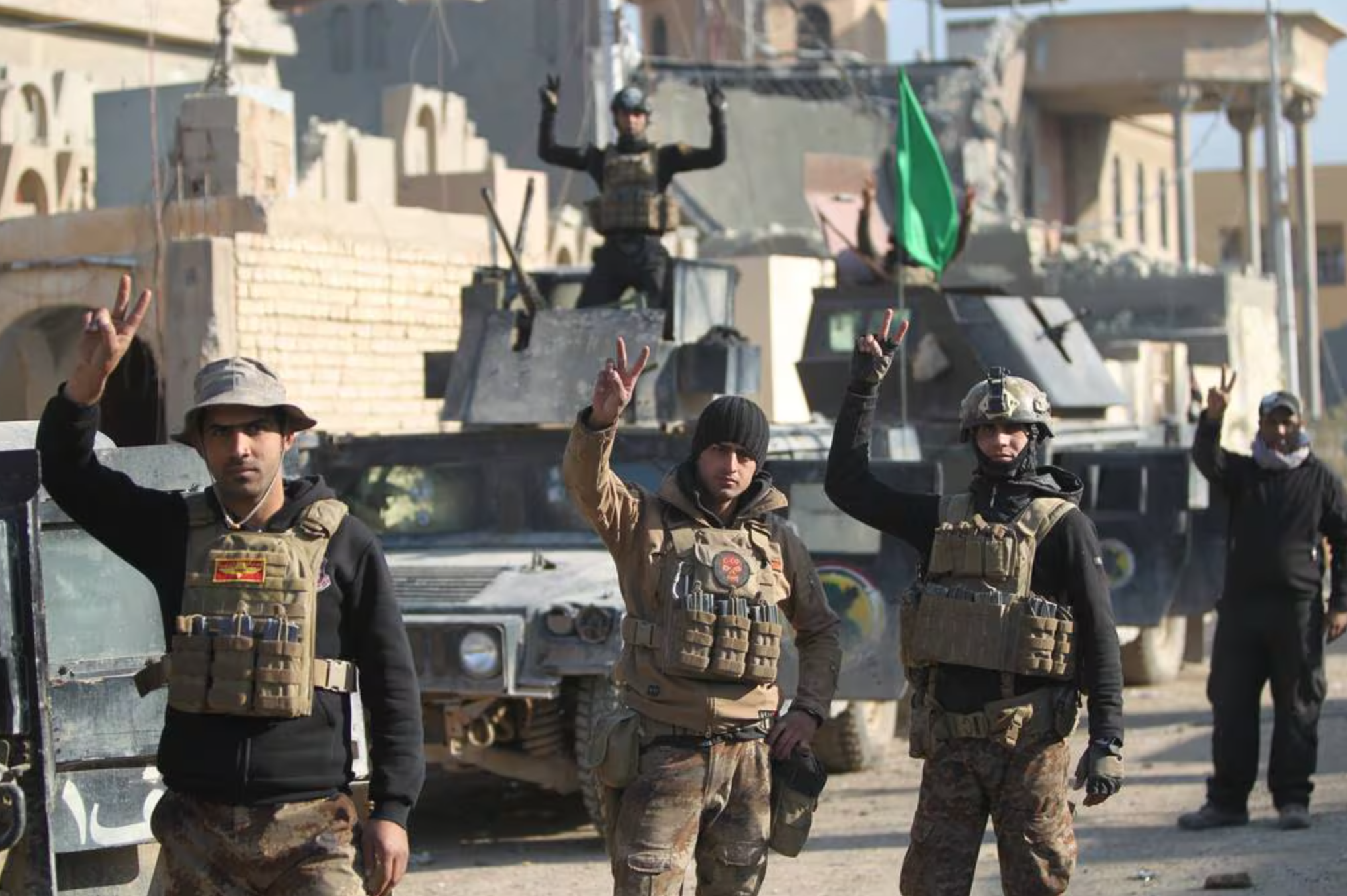Many international relations scholars believe that the discussion of security’s place in a country’s foreign policy is one of the crucial topics in understanding international relations.
The end of the Cold War, the emergence of a new global order, the rise of non-state and sub-state actors, globalization, and more have led to an exploratory discussion of security studies and their essence. Particularly, the collapse of the competition between the United States and the Soviet Union in the form of the Cold War not only transformed political and security literature but also provided a fresh opportunity to expand security studies beyond the narrow framework of the two superpower conflicts. Knowledge and expertise in the field of “security” are essential, and since Western Asia and the Persian Gulf region, due to its security and economic significance, is often referred to as the “heartland,” security and security order in this area are among the concerns and anxieties of the countries present in the region, as well as regional and extra-regional powers.
One can confidently say that no transformation and change at the international and regional system level, whether it’s the Arab-Israeli wars, oil crises, the victory of the Islamic Revolution in Iran, the collapse of the Soviet Union and the bipolar system, the first and second Gulf Wars, or the September 11, 2001 attacks, has been able to influence the political, security, and social environment of Western Asia and the West of Asia region as profoundly as the changes after 2011. It is undergoing changes in various geopolitical, ideological, and political-security dimensions.
By studying the course of these events, it can be said that the strategic perspective of Western Asia in the post-Islamic Revolution era in Iran was divided into two axes of accommodation and resistance, not only in the context of the Israel-Palestine conflict but also in all the divisive issues. The Islamic Republic of Iran, as a central country in alliance with Syria, Hezbollah, Hamas, Ansar Allah, and in some cases Iraq, formed the resistance axis. In the accommodation axis, Arab countries on the periphery of the Persian Gulf, Jordan, and Egypt, in alliance with the United States, were located. Since the developments in this region have always been under the influence of ideological conflicts (Shia-Sunni), these conflicts have led to the emergence of two groups of opponents (Arab-Sunni-Hebrew) and the resistance movement (Shia). In fact, the opponents of Shia empowerment are trying to highlight the danger of Shia domination over the strategic perspective of Western Asia and strategic countries such as Syria, Iraq, and Yemen, by framing Shia in the context of Shia-phobia. They reinterpret the environmental and surrounding conditions and provide a redefinition and careful interpretation of the regional and international developments, which is considered important. For Example Salafism Groups, Salafism is an Arabic term that refers to contemporary Sunni individuals, groups, and personalities striving to revive the period of the Salaf, or pious predecessors, and establish an Islamic caliphate. In a general classification, Salafi groups and movements can be divided into four categories: 1) Preaching Salafism, 2) Political Salafism, 3) Jihadi Salafism, and 4) Takfiri Salafism. Notably, these extremist groups have sought to challenge the dominant narrative of the resistance discourse, attempting to establish themselves as alternative voices. It’s important to emphasize that the emergence of groups like ISIS (Daesh) and their support from countries like Saudi Arabia can be seen as part of a proxy war between Iran as the leader of the resistance axis and Saudi Arabia as the leader of the anti-resistance axis in the region. Some observers have even characterized Saudi Arabia’s campaign against Tehran as a Cold War in West Asia.
In conclusion, the rise of Salafi-Jihadist groups, including ISIS, has not only failed to replace the resistance discourse but has also confused the identities, movements, organizations, and Islamic groups that define themselves within the framework of the resistance discourse, emphasizing concepts like resistance and jihad against occupiers and aggressors. As a result, the Islamic Republic of Iran, as the leader of the resistance axis in the region, has taken significant measures to confront and combat these terrorist and takfiri groups, aiming to cleanse the region of their presence amidst the broader backdrop of the Arab Spring and in countries like Syria and Iraq, which had previously been safe havens for these seemingly Islamic but extremist organizations.

 Islam12 months ago
Islam12 months ago
 Art & Culture12 months ago
Art & Culture12 months ago
 Islam12 months ago
Islam12 months ago
 Art & Culture12 months ago
Art & Culture12 months ago
 World news12 months ago
World news12 months ago
 Interview12 months ago
Interview12 months ago
 Art & Culture12 months ago
Art & Culture12 months ago
 Art & Culture12 months ago
Art & Culture12 months ago









